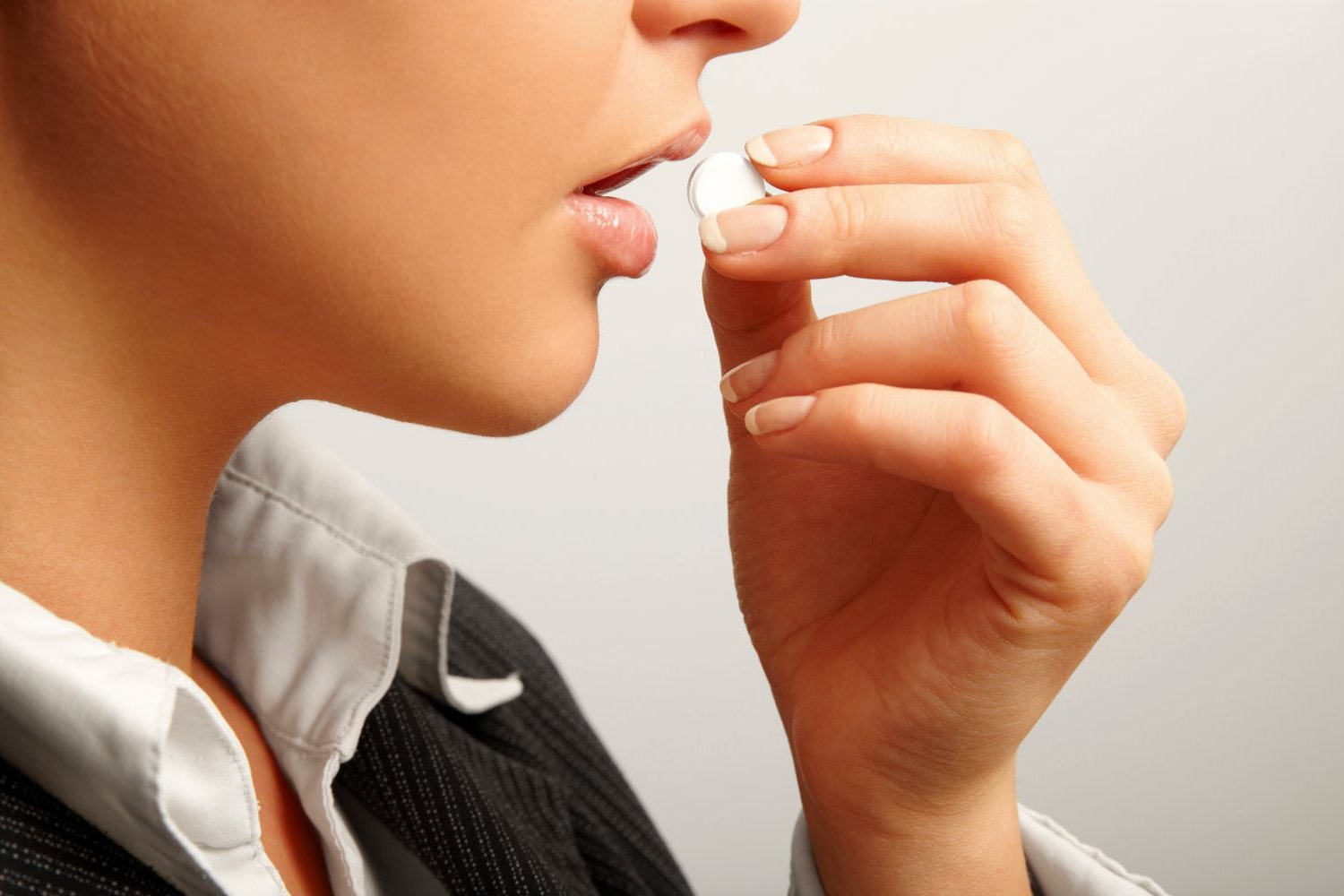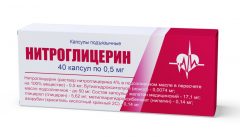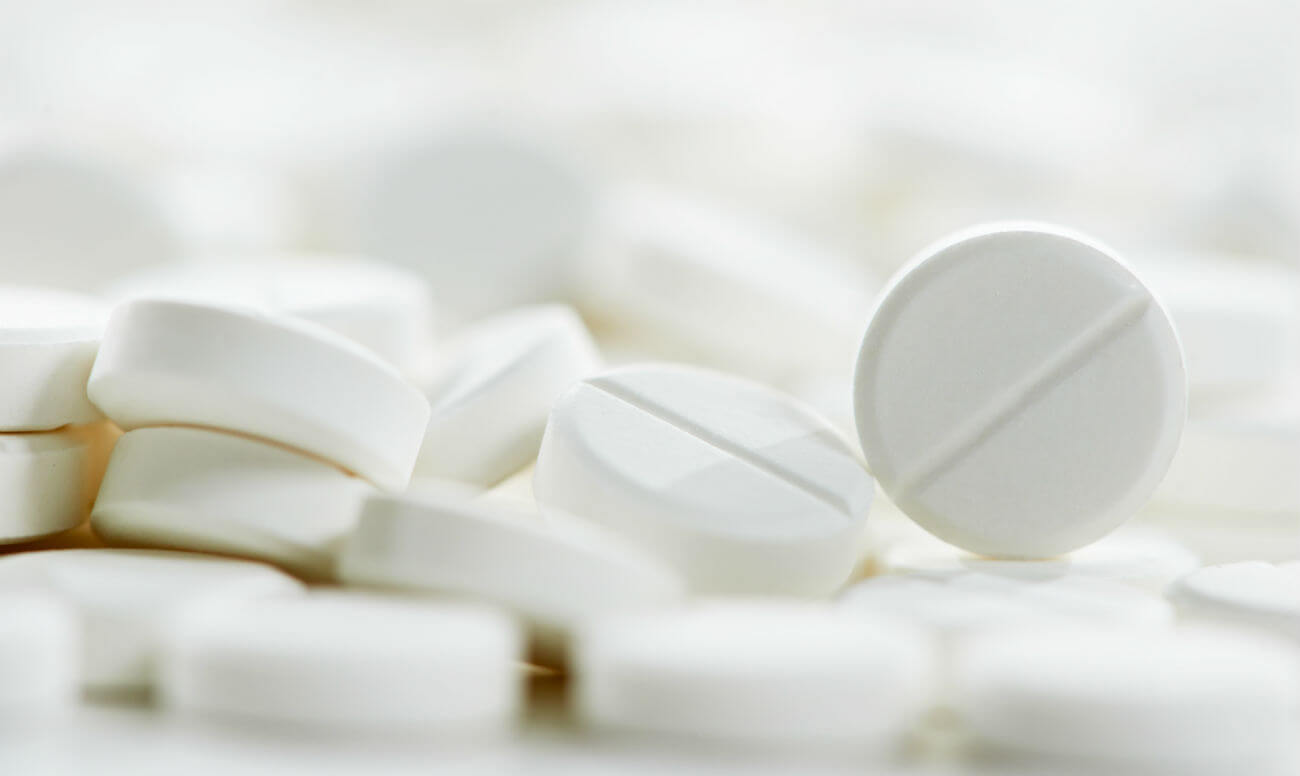Few people know what it means to take medication buccally. This method of using the drugs is often indicated in the instructions, but they do not give detailed explanations.
Material Content:
Description of the buccal route of administration of drugs
There are several basic ways to administer medication to the body. It largely depends on the specifics of their action and dosage form. Most tablets, capsules, medicines, powders are taken orally, swallowed and washed down with water. In the treatment of young children or patients with digestive disorders, a rectal method is often used - the introduction of suppositories into the anus. In rare cases, it is recommended not to swallow but to take pills or lozenges buccally.
Translated from Latin, parts of this word mean "through the cheek." Now everything becomes clear: the pill must be placed in the oral cavity by the cheek.
The specific method of how the drug will be taken does not matter, since the tablet can:
- just hold in the mouth until completely dissolved;
- hold the tongue slightly from the inside of the cheek;
- place between the gum of the upper jaw and the lip.
The main thing is that drug delivery occurs in the same way - by absorption from the surface of the mucosa. An important role in this method is played by saliva, which helps the drug dissolve and enter the bloodstream.
Before taking the pill for several hours you can not smoke. Smoke constricts blood vessels, which negatively affects absorption.
The main advantages and disadvantages of the method
Advantages of the method:
- Simplicity and usability.
- Medicinal components immediately enter the bloodstream, bypassing the gastrointestinal tract and liver. Exposure to enzymes in most cases destroys part of the pharmaceutical preparations received inside.
- The absorption of active substances occurs quickly, which provides an almost instant effect. In pathological conditions requiring emergency care, this route of administration can prevent many serious consequences.
Among the shortcomings, one should mention the fact that during resorption the patient will feel the taste of the drug, and it is often quite unpleasant. Some patients may be nauseous and even vomit. Fortunately, one of the most common drugs is Glycine, which has a pleasant sweetish taste, so even children can absorb it with pleasure.
If there are sores or sores in the mouth, then when the components of the medicine get on the damaged area, a person can feel pain and irritation. Also, some pharmaceuticals can have a negative effect on tooth enamel.
What drugs are prescribed buccally
In this way, only highly active drugs in small doses can be administered. This is due to the fact that the suction surface of the mucous membrane is relatively small.
Groups of funds that are received in this way:
- Vascular The most common drug among them is Glycine. The scope of its action is quite wide: it improves metabolic processes in the brain, quickly eliminates psycho-emotional stress, and reduces the risk of brain disorders.
- Steroid hormones. They help to instantly raise the level of necessary hormones in the blood.
- Local remedies for the treatment of tonsillitis. A striking example is Septefril. Probably everyone is familiar with these sweetish tablets, which are often prescribed for the inflammatory process in the throat.
- Heart medications. Cores know well how quickly Nitroglycerin relieves angina attacks.
- Pain medication. One example is Analgin, which helps to quickly stop an attack of acute toothache.
Patients of dental and otolaryngological offices are especially familiar with this method of drug administration.
The patient must know the rules of admission. He needs:
- wash your hands with antibacterial soap and wipe with a disposable towel;
- rinse the mouth with water;
- put a pill in your mouth;
- keep the medicine in the mouth until completely dissolved (it takes 2-3 minutes).
After resorption, do not immediately rinse your mouth or drink water, even if the tongue has an unpleasant aftertaste. It is necessary to tolerate a little so that the medicine is completely dissolved and absorbed without residue.
If the baby needs to be given the medicine, a problem may arise, since at an early age not everyone can understand what mom and dad want from them. In this case, the product must be crushed to powder and in small portions very carefully laid behind the gum.
What is the difference from the sublingual technique
Many people wonder if there is a difference between taking the tablets sublingually or buccally. The sublingual method implies that the medicine must be placed exactly under the tongue. The reason is quite simple: it is there that the most important vessel of the oral cavity is located - the hyoid artery, which supplies blood to the entire tongue. Therefore, the active substances quickly enter the bloodstream and produce a medicinal effect.
Sometimes this method is recommended for taking medications whose components adversely affect tooth enamel. To minimize harm and accelerate the ingress of active substances into the tablet, put the tablet under the tongue and gently squeeze.
This method has an advantage over buccal administration if the patient is unconscious or is in a fainting state.If the pill is simply placed on the tongue or cheek, it can accidentally get into the respiratory tract, which will further exacerbate the situation. Placing the medicine under the tongue greatly reduces the likelihood of it being inhaled.
This technique of taking drugs is best known to people who have to constantly stop attacks of angina pectoris.
There is nothing unusual in taking drugs in these ways. Everything is very simple. Difficulties arise only because of a complex name that few people understand.






















